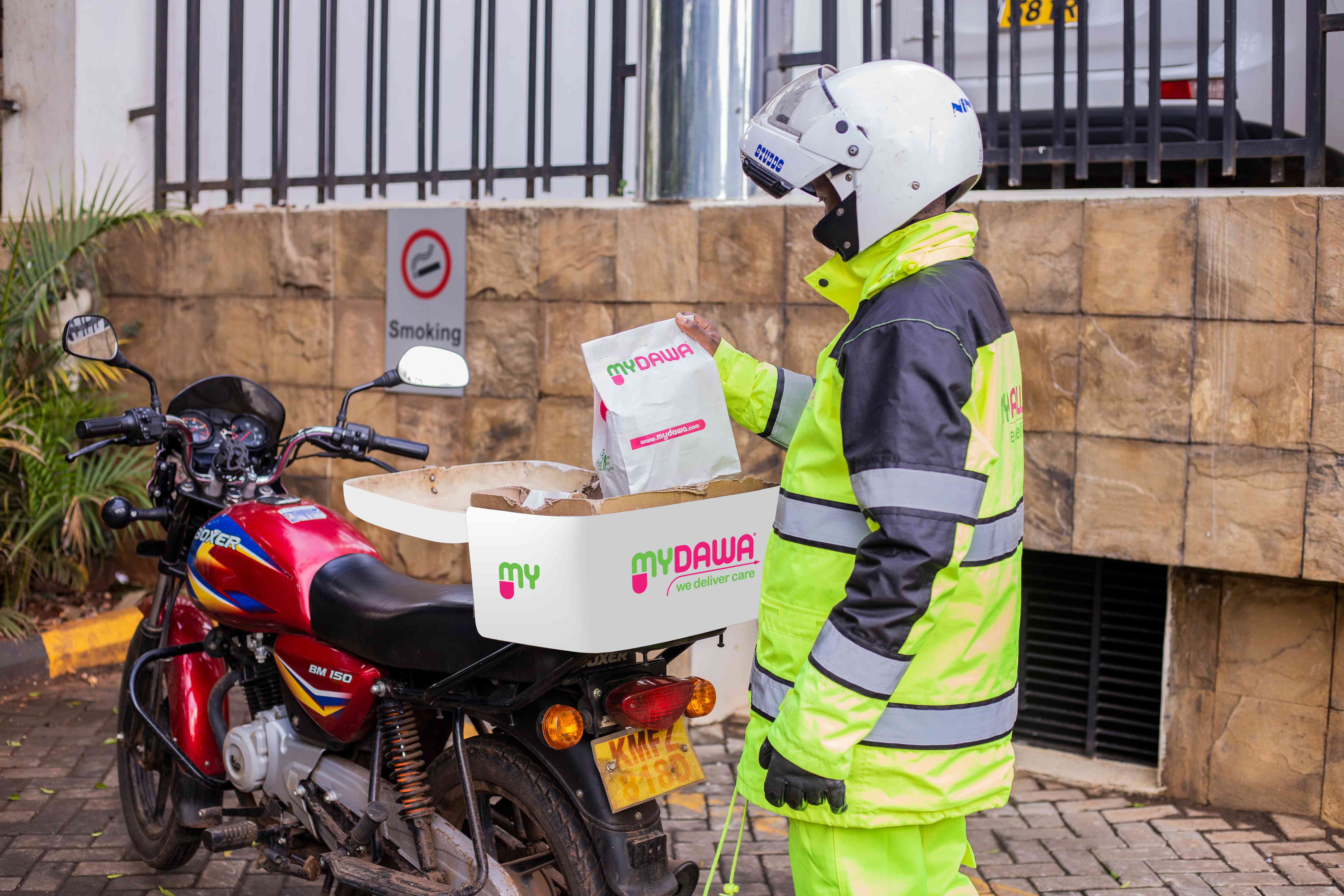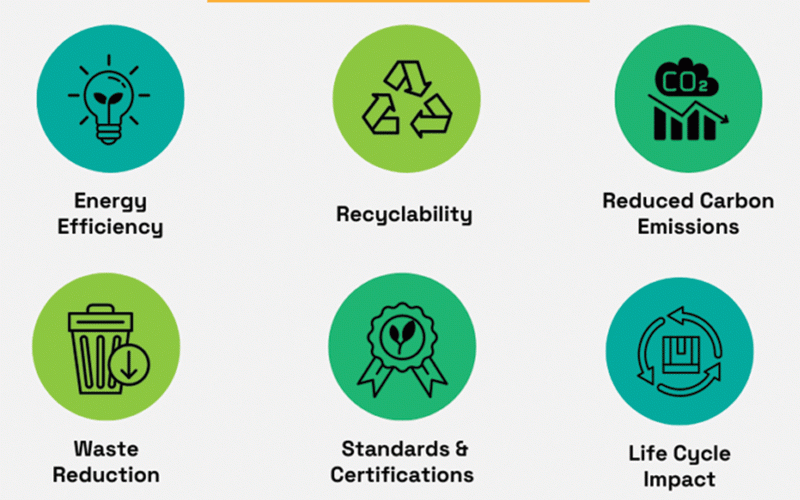
WHEN building a brand, one of the most overlooked but powerful questions you can ask yourself is: What problem am I solving?
We often begin with a solution in mind when setting out to start a business. Ideally, you should not start with a solution but with a problem you want to solve for a specific group of people.
Starting with a solution is like building a house and then looking for a piece of land to put it on. You would have to find land that is big enough, assess if you have the right foundation to place it on, and possibly need to consider community guidelines should the land be in an estate.
As you can imagine, this would be tedious, expensive and could even lead to structural compromise.
The trap of the solution-first approach is that it forces you to spend resources such as time, money and mental energy convincing your target market to adopt something they haven’t asked for, shifting the focus from fulfilling a felt need to sales pitches and product justification.
A brand built this way is fragile as it is based on what you want to sell, not what the customer needs to buy.
By contrast, starting with a deep-seated problem immediately provides the context, audience and relevance necessary for a sustainable brand foundation. The problem is the solid ground upon which you build your entire enterprise.
One of the most fascinating things about entrepreneurship in developing countries is the sheer number of opportunities.
- Building brands, shaping African realities
Keep Reading
There are gaps everywhere: in infrastructure, access, service delivery and in convenience. When you speak to a lot of founders, you may realise that they are building solutions that would have identified in other markets.
These imported solutions, often available for a long time elsewhere, would be considered ground-breaking in their developing home country.
Founders often recognise these gaps quickly. I have worked with several entrepreneurs, who built businesses based on products and services they enjoyed elsewhere.
Entrepreneurial minds are wired to notice inefficiencies, so it is natural for them to think: “If this works there, why can’t it work here?” or “What would it take to have this same service at home?”
Adaptation over replication
While the solution-first approach may sometimes work, it more often than not leads to the founders running into challenges.
This is as blindly copying and pasting a solution from one market into another rarely accounts for the unique social, cultural and infrastructural differences.
For example, around 2016–2018, Zimbabwe saw the rise of food delivery platforms such as Munch and Tazine Eats.
They mirrored global giants such as Uber Eats, creating new convenience for local consumers.
The next step would have been to see more goods and services being delivered through applications, but this was not the case until 2020/2021 where the Covid-19 lockdowns accelerated delivery services across various industries.
More companies started engaging delivery partners given people had limited movement during the period. But in 2023, many Zimbabwean pharmacies were still largely dependent on manual processes as the ecosystem had not reached the level of automation seen in neighbouring South Africa where pharmacies already allowed customers to automatically renew repeat prescriptions and receive reminders for pickup or home delivery before 2018. Our technological leap simply didn’t follow the path observed in other countries.
The situation was also quite different in other African countries. In Kenya, platforms like MyDawa transformed the experience of buying medicine.
Prescriptions could be processed and delivered with little to no need for conversation with the pharmacist with customers uploading prescriptions online, paying digitally, and having medication delivered with minimal back-and-forth. Competition in Kenya is no longer about whether delivery is possible, but about how fast, reliable and seamless the service can be across industries.
All of these solutions aim to create convenience and ease for a group of people to get medication, but the extent to which they add convenience and rely on technology differs significantly from market to market.
This difference is precisely why the copy-and-paste approach fails. It is not just a technological lag; it is a difference in underlying pain points. It is possible that the Zimbabwean consumer values the personal trust built with a specific local pharmacist over the anonymity of an application, preferring to call or chat on Whatsapp prior to the purchasing decision.
The problem could also be less about access convenience and be about availability of the medication or affordable access to the medication itself.
These are contextual issues that inform the viability of any solution.
Understanding the context
The reality is that while you may have a solution, you need to take time to understand:
The market you want to serve: Beyond basic demographics, understand your target market’s purchasing power, literacy level regarding your specific solution, as well as their current reliance on informal or traditional solutions.
The problems they have: Identify primary pain points which could include time, cost, trust, or even access, taking note of any secondary pain points surrounding the problem you would like to solve. For example, access to convenience through delivery can come with the additional problem of high service or data costs, resulting in less product uptake.
Some issues they have that may have led to there not being “obvious” solutions in place: Understand why major players in the market might not have already solved the problem as challenges in offering a solution to the market might be regulatory, cultural, or logistical. You would need to navigate these structural issues as you solve the problem for your target market.
A good rule of thumb is to assume that you are not the first business to identify the problem and attempt to solve it.
This will help you assess what has and has not worked and why a previous solution may have failed. Learning from others will save you time, money and the mental challenges that come with a solution not working or being taken up the way you thought it would be.
If you are a genuine “first mover” and cannot find any businesses that previously attempted to solve the problem you have sought out to solve, you can answer a few core questions that anchor your brand in purpose: What problem do you want to solve? and who do you want to serve?
And the question that will help you adapt your solution:
What are some of the challenges the people you want to serve have surrounding the problem you want to solve?
You cannot always successfully blindly copy and paste solutions from one market to another. The lack of cultural sensitivity and true audience understanding will always be the undoing of even the most technologically sophisticated platform.
I once consulted with a local e-commerce startup looking to be a one-stop shop. They had made a lot of progress with their platform, they had vendors that had signed on, but were struggling to bring traffic to the web platform.
Similarly, some of my past clients invested in website-based platforms or mobile applications, believing they would have a higher uptake, saw more people enquire when they went on to implement a Whatsapp Chatbot.
Their customers complained of higher data costs involved in accessing their platforms. Local delivery services such as Bereka Bites now allow their customers to use both WhatsApp chatbots and their own application to order from their vendor partners.
Being committed to what problem you solve and who you solve it for will fuel your brand purpose.
t will help you become more dedicated to the people you serve while ensuing you never truly fail as you build your African brand.
So when solution A fails, you will try B, then C and keep going as long as the problem exists in the market. It will also help you pivot and fail quickly, which allows for brand survival. Which did you start with, the problem or the solution?
- Chikumba is a brand strategist passionate about empowering African entrepreneurs and creatives. As the founder of Unpublished Africa, she focuses on helping African creatives while challenging narratives about the continent. These weekly New Horizon articles, published in the Zimbabwe Independent, are coordinated by Lovemore Kadenge, an independent consultant, managing consultant of Zawale Consultants (Pvt) Ltd, past president of the Zimbabwe Economics Society and past president of the Chartered Governance & Accountancy in Zimbabwe (CGI Zimbabwe). — [email protected] or mobile: +263 772 382 852.











